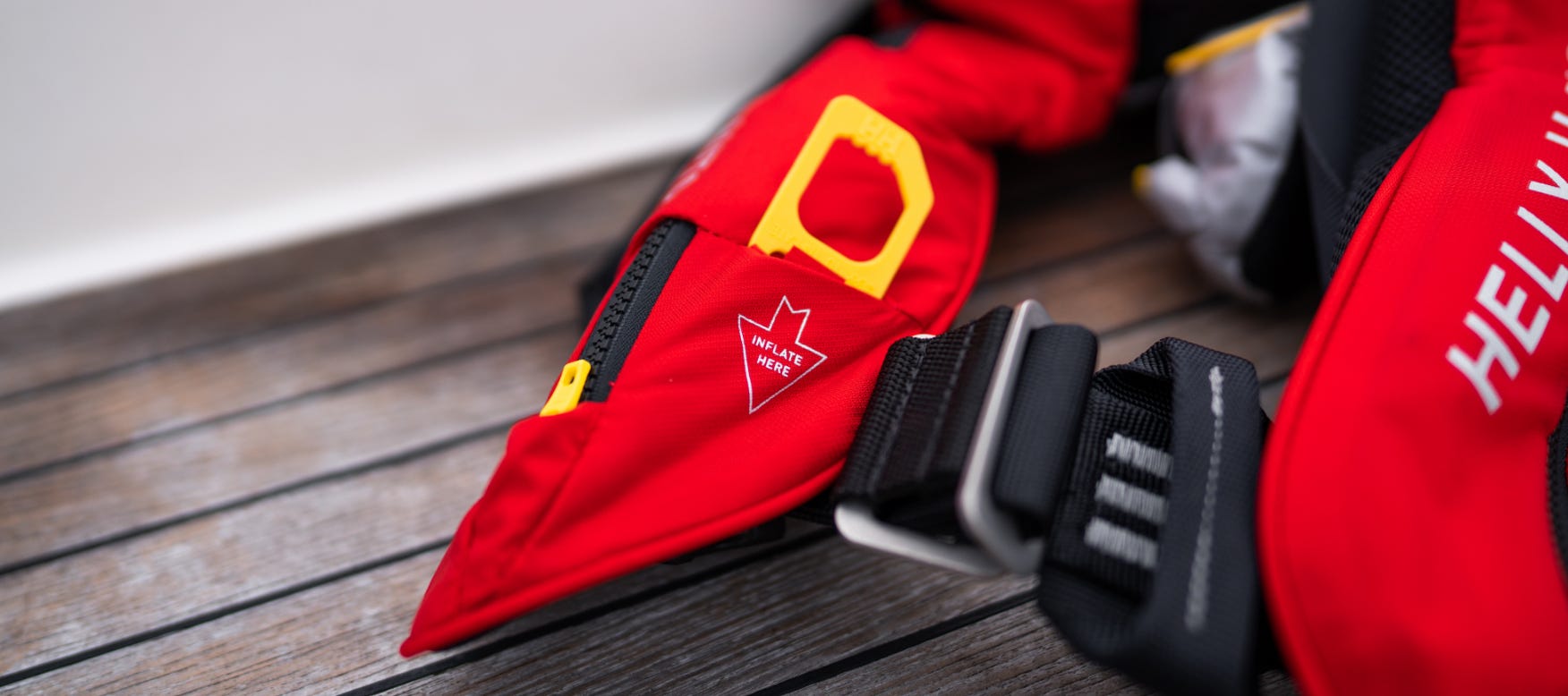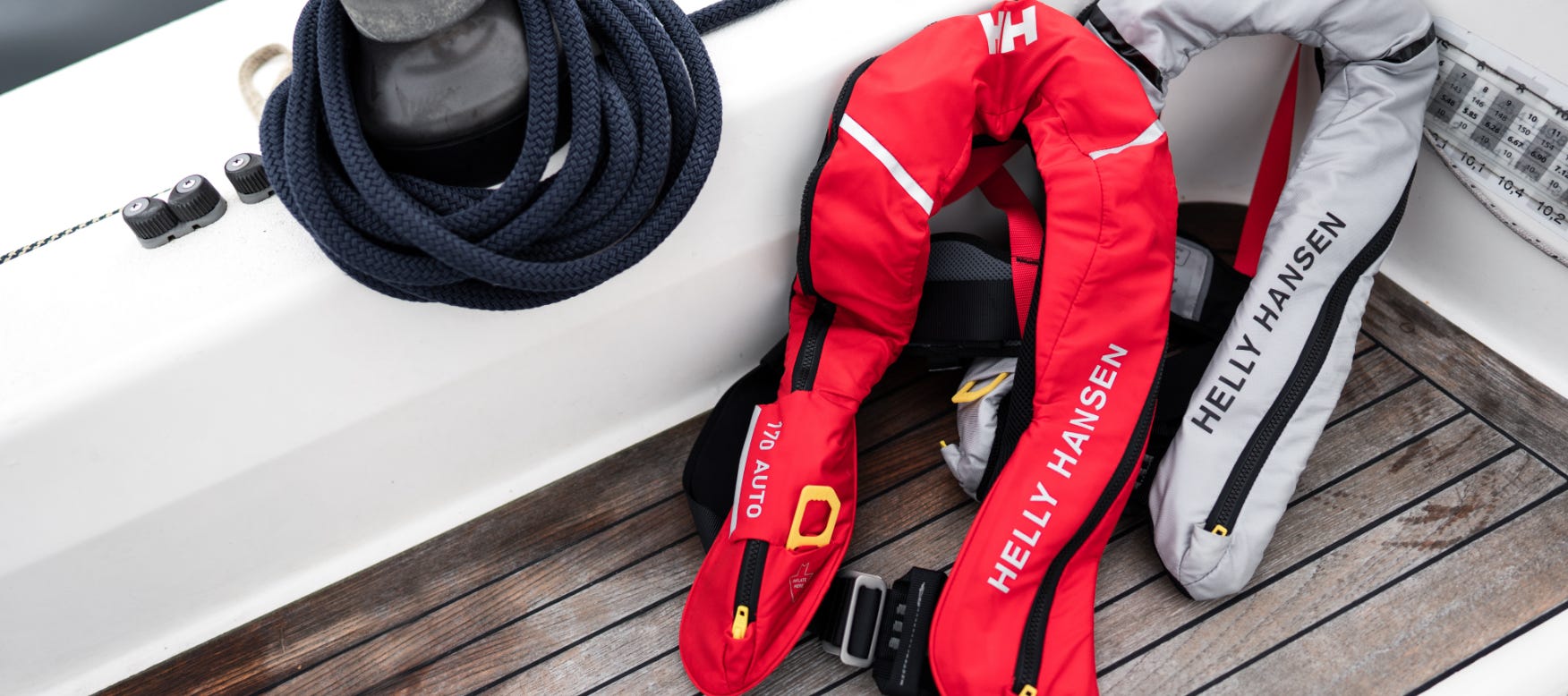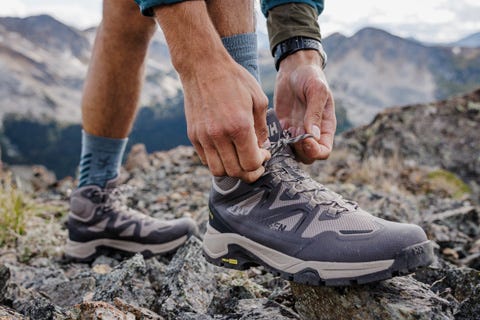
Local Storage seems to be disabled in your browser.
For the best experience on our site, be sure to turn on Local Storage in your browser.
Local Storage seems to be disabled in your browser.
For the best experience on our site, be sure to turn on Local Storage in your browser.

2 min read
After you’ve chosen the right flotation device for your needs, it’s important to keep it well maintained. We've partnered with RNLI to give you their best advice on what to check to make sure your life jacket is ready to use.
There are two main types of personal flotation devices (PFDs): buoyancy aids and life jackets. Here are some pointers on how to maintain your buoyancy aid and information on maintaining life jackets.
Check the foam in your buoyancy aid on a regular basis for any sign of deterioration. If the foam is compressed, it loses its buoyancy. This compression will naturally happen over time, and when it does, it’s time to replace the jacket.
You can check the level of buoyancy by measuring the jacket’s displacement in water. Refer to ISO 12402 standards to find the correct weight to test your jacket. Do a visual check of the outer material, stitching, webbing, zippers, and buckles for signs of damage or wear.
Regularly inspect your life jacket for wear and tear. All life jackets require basic maintenance to work properly. Follow the manufacturer’s instructions in conjunction with annual service. When in doubt, take your jacket to the manufacturer’s recommended service agent for checking and repacking.

Do a visual check for wear and tear on webbing, stitching, zippers, buckles, and other fastenings.
Check all screw-in CO2 bottles for tightness as they can work themselves loose in life jackets. Be prepared by carrying rearming kits for each life jacket you have onboard. A life jacket can be accidentally inflated, so you want to be able to prepare it for use again immediately.
Check the CO2 bottle for corrosion and replace any corroded bottles. Also, check any areas of material that were in contact with a rough cylinder – the fabric may have been damaged.
After orally inflating your life jacket, leave it inflated for 24 hours in a dry environment to ensure that it is not damaged or leaking. Repack your life jacket according to the manufacturer’s instructions.
When it comes to staying safe on the water, having the right safety equipment is only the first step. Learn more about water safety and test your own knowledge.
*available in select countries


May 15, 2024 3 min read
The best hiking shoes or boots should be comfortable to wear. Follow our expert tips to learn how to choose the right hiking footwear for you.

April 30, 2024 3 min read
To dress for coastal sailing, you want to be protected against the wind and spray from the waves, and also the sun. In this guide, we share some top tips for layering from professional sailors, Kayleen VanderRee and Pip Hare.